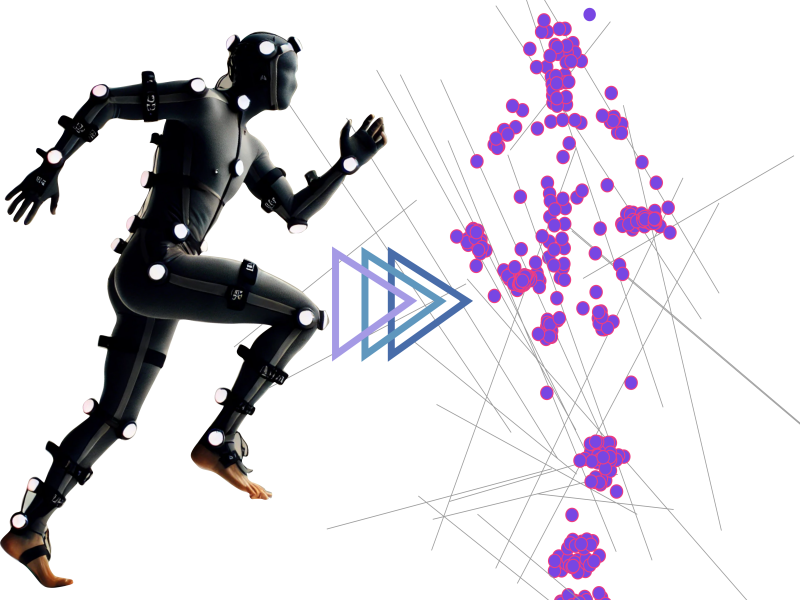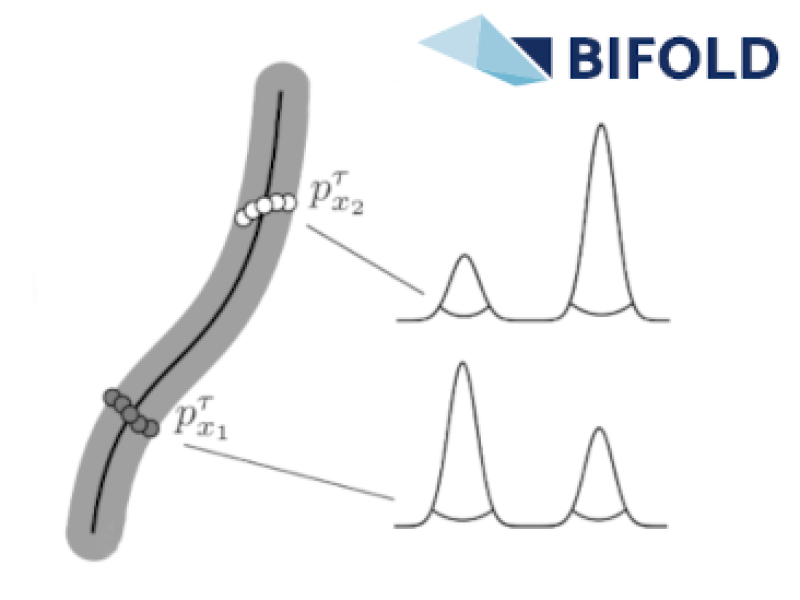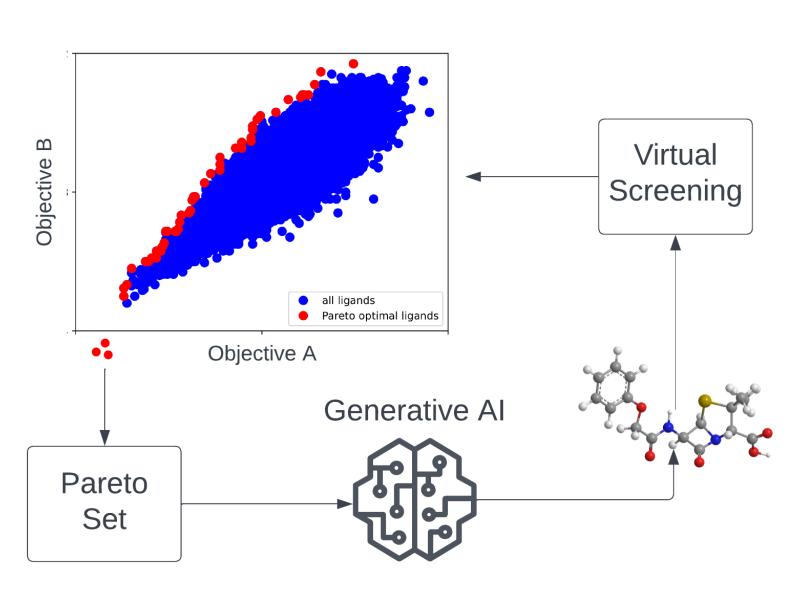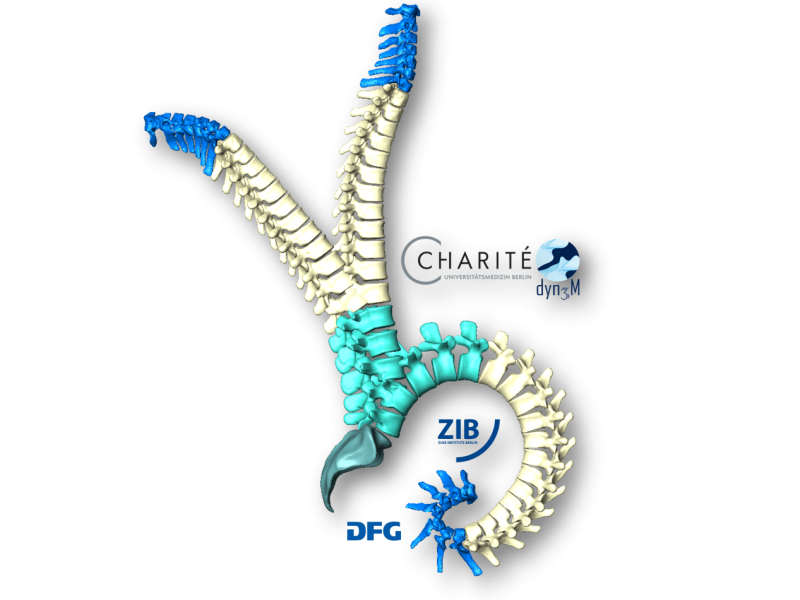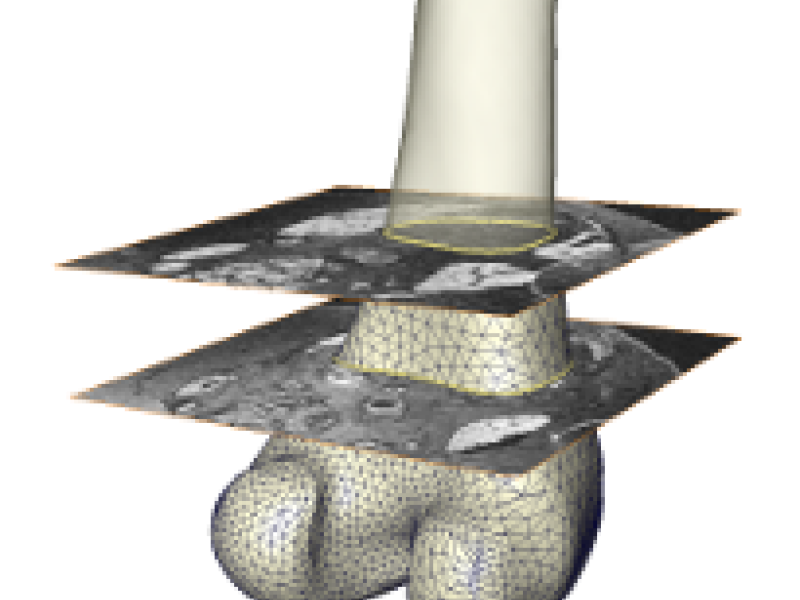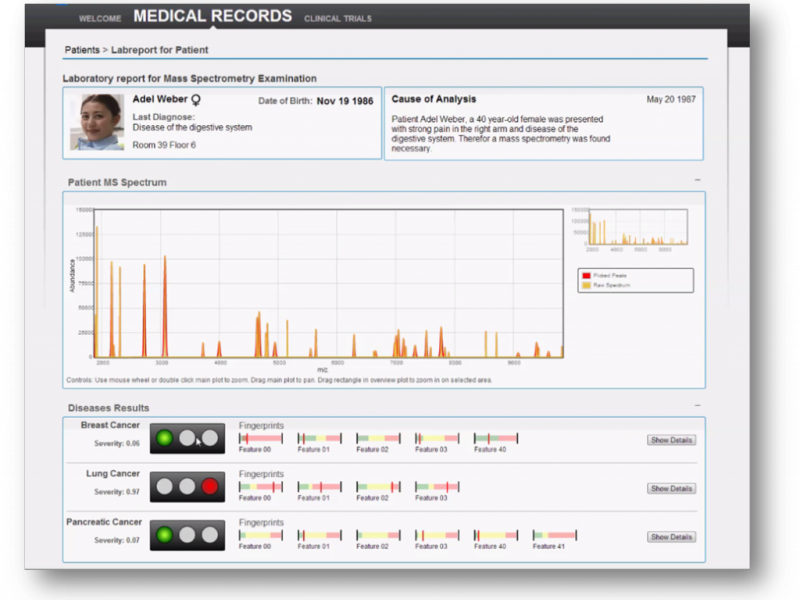Computational research and data science are revolutionizing the field of medicine. ZIB covers a broad range of activities such as the development of novel methods for enabling the simulation and prediction of drug interactions, allowing for more efficient and targeted drug design processes, or of the design of new techniques for analyzing vast amounts of biological and clinical data to uncover patterns, predict disease outcomes, and identify potential drug targets. Furthermore, our researchers are involved in the development of personalized medicine by integrating patient-specific data to tailor treatments, optimize healthcare outcomes, and enhance overall patient care in the realm of digital health.
3D morphological analysis of root canals
This research project investigates the improvement of root canal treatment (RCT) by analyzing the relationship between root canal morphologies and treatment failures...
3D morphological analysis of root canals
Non-rigid shape registration
Unlocking the next level of 3D shape registration! Our cutting-edge method seamlessly aligns 3D shapes with 2D keypoints captured from multiple cameras, pushing the...
Non-rigid shape registration
Model-Regularized Learning Of Complex Dynamical Behavior
This project is planned to couple machine learning approaches, especially from the field of Deep Learning, with (reduced) ODE models in the sense that the model becomes...
Model-Regularized Learning Of Complex Dynamical Behavior
Geometric Learning for Single-Cell RNA Velocity Modeling
Recent advances in Single-Cell RNA sequencing allow to infer both the gene expression of a cell and the so-called "velocity vector" initializing the changes in that...
Geometric Learning for Single-Cell RNA Velocity Modeling
AA1-19 Drug Candidates as Pareto Optima in Chemical Space
The search for novel drug candidates that, at the same time, act with high efficacy, comply with defined chemical properties, and also show low off-target effects can be...
AA1-19 Drug Candidates as Pareto Optima in Chemical Space
Manifold-Valued Graph Neural Networks
Geometry-aware, data-analytic approaches improve understanding and assessment of pathophysiological processes. We will derive a new theoretical framework for deep neural...
Manifold-Valued Graph Neural Networks
Individualized Morphological Analysis of the Human Spine
The causes of lower back pain (LBP) are still not fully understood. One essential part of a better understanding might be the association of LBP, spinal morphology, and...
Individualized Morphological Analysis of the Human Spine
Research Campus MODAL
The Forschungscampus ("Research Campus") MODAL is a platform for a public-private innovation partnership established by ZIB and Freie Universität Berlin together with...
Research Campus MODAL
Shape-Informed Medical Image Segmentation
The 3D geometry of anatomical structures facilitates computer-assisted diagnosis and therapy planning. Medical image data provides the basis for reconstructions of such...
Shape-Informed Medical Image Segmentation
MODAL-MedLab
Changes in cells while they are undergoing transformation from "normal" to malignant cells (e.g. during infections) happen on many biological levels, such as genome...
MODAL-MedLab

